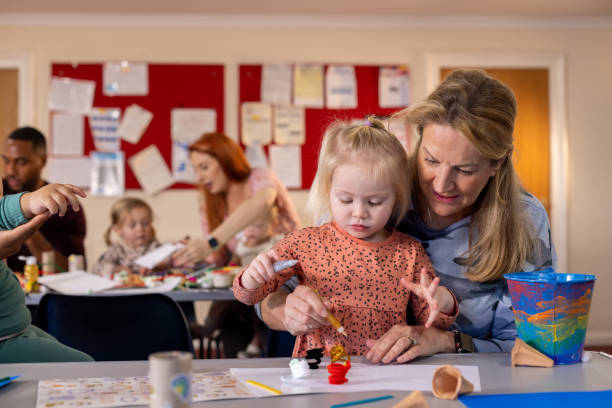
When it comes to education, bigger is not always better. In fact, many educators, parents, and researchers agree that smaller class sizes are one of the most significant contributors to improved student outcomes.
In independent schools across the UK, particularly in Dorset Independent Schools, smaller class sizes aren’t just a feature—they’re a philosophy. This approach reflects a deep understanding that education isn’t one-size-fits-all, and that the classroom should be a place where every child’s voice is heard and every need is met.
Why Class Size Matters
The size of a class can shape every aspect of a child’s school experience. With fewer students, teachers can focus more intensively on individual learners, creating a more inclusive and responsive environment. This doesn’t just impact academic performance; it enhances confidence, participation, and a student’s sense of belonging.
In smaller groups, teachers can get to know their pupils deeply—not just as learners, but as individuals. They can tailor instruction, adapt resources, and identify strengths and areas for improvement early. This level of attention is difficult to achieve in overcrowded classrooms, where time and resources are stretched thin.
Academic Gains That Last a Lifetime
Studies consistently show that children in smaller classes perform better across core subjects such as maths, reading, and science. But the advantages go beyond test scores. Pupils are more likely to ask questions, contribute to discussions, and develop a proactive approach to their own learning.
For instance, schools like those found within the Dorset Independent Schools group understand that real education involves critical thinking, creativity, and collaboration. With fewer students to manage, teachers are free to use a variety of teaching methods—project-based learning, Socratic seminars, or differentiated instruction—designed to engage and challenge students at all levels.
Behaviour, Belonging and Emotional Growth
Beyond academics, smaller class sizes contribute to a more harmonious and supportive school environment. Teachers can identify social or emotional issues early, and students are less likely to feel overwhelmed or overlooked. Behavioural disruptions tend to decrease, allowing for more productive learning time.
Classroom relationships also flourish. In a smaller group, every child is known—not just by their teacher, but by their peers. This fosters mutual respect, empathy, and cooperation. It creates a sense of community where children feel safe, supported, and valued.
A strong emotional foundation is essential for learning. When students feel comfortable and confident in their classroom environment, they are more willing to take risks, make mistakes, and grow.
Teacher Satisfaction and Quality of Instruction
It’s not only the students who benefit from smaller class sizes—teachers do, too. When teachers have fewer students, they can plan more engaging and effective lessons. They can also spend more time providing feedback, refining assessments, and communicating with families.
This professional satisfaction translates directly into better instruction. Passionate, well-supported teachers bring energy and commitment to the classroom, which ultimately elevates the learning experience for everyone involved.
In an independent school dorset, the advantages of smaller class sizes are amplified by high standards of teacher recruitment and ongoing professional development. Educators are not only well-qualified, but continually empowered to innovate, reflect, and grow.
Preparing for a Lifelong Journey
The benefits of small class sizes extend well beyond the prep school years. Students who experience personalised, high-quality education in their early academic life are better prepared for secondary school, university, and beyond.
They develop strong foundational skills—not just in literacy and numeracy, but in self-expression, self-regulation, and self-motivation. They learn how to work both independently and collaboratively. And most importantly, they come to see learning as an exciting and meaningful part of life, rather than just a series of tasks to complete.
Choosing the Right Environment
For parents evaluating school options, it’s crucial to look beyond marketing brochures and exam statistics. Ask about class sizes. Visit classrooms. Observe how teachers interact with students and how children engage with each other.
Independent schools with smaller classes often offer the ideal balance of academic rigour, pastoral care, and community spirit. They provide a space where children can be challenged without being overwhelmed, supported without becoming dependent, and celebrated not just for achievement, but for effort and growth.
Conclusion
In a world where education can sometimes feel rushed or impersonal, small class sizes offer a return to what truly matters: relationships, attention, and the human connection at the heart of all learning. Whether your child is curious, cautious, confident, or somewhere in between, a nurturing environment with a low teacher-to-student ratio can make all the difference.
Choosing a school that values small group learning is more than a preference—it’s a powerful investment in your child’s future.